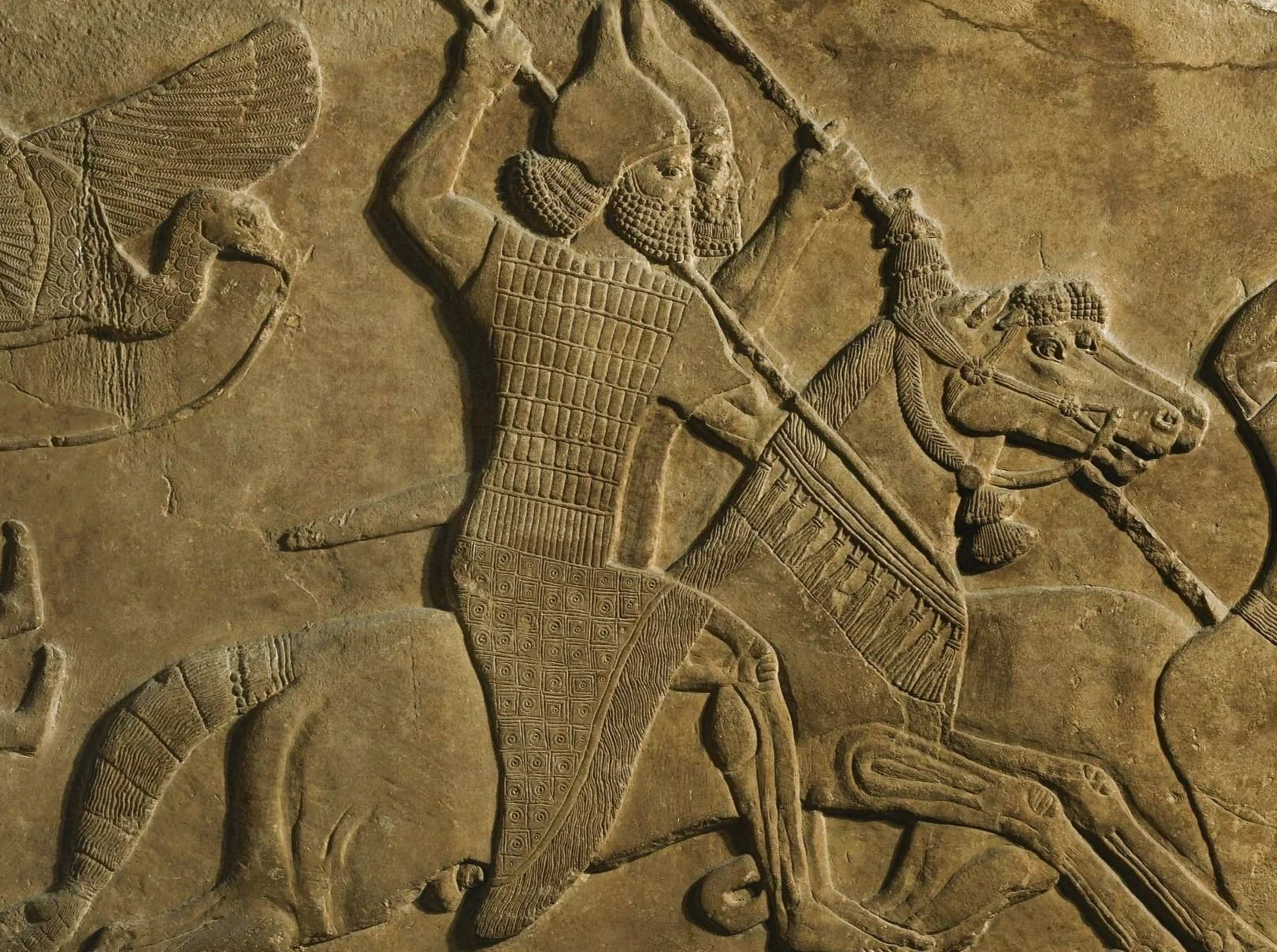Articles and chapters
-

Beyond the Parallel: The Iliad and the Epic of Gilgameš in their macro-regional tradition
2023, TAPA 153: 1–42
There is a lion simile in the Iliad (18.316–22) which is very close in language, theme, and purpose to a lion simile in the Standard Babylonian Version of the Epic of Gilgameš (8.61–2). Some people think this proves the Iliad is deliberately adapting a specific, Neo-Assyrian recension of Gilgameš. Others think it is a coincidence.
I try to take the skeptical position seriously, and outline a comparative model that can account for close verbal and thematic similarities between the Iliad and Gilgameš without presuming direct Greek access to the latter. But on my model, parallels aren't coincidental, either: they arise from processes of polygenesis and long-term, multi-phase, mutual assimilation. As a result, looking to Greek and Mesopotamian traditions together illuminates both. Even if you reject direct influence, you should still be a comparatist!
-

The World in Flux: Thinking through Cosmography in Greece, India, and Egypt
2024, in Living Bodies, Dead Bodies and the Cosmos: Culturally Specific and Universal Concepts, edd. T. Pommerening, C. Ferella, & U. Steinert (Tübingen: Siebeck), 353–79.
In most premodern cultures, at least some people believed that our earth is flat, that the gods live above us in a bright and beautiful heaven, and that when we die, we descend to a gloomy underworld below the earth. These common themes have long tantalized proponents of "human universals." But such approaches face two problems: (1) most universals aren't actually universal, (2) many premodern cultures preserve a record of disagreement about the structure of the cosmos.
I survey three ancient cosmographic traditions (Greek, Indian, Egyptian) characterized by regular revision of established theories. Taking this change itself as an object of comparison shows that the views unique to each tradition are produced by common strategies of revision and elaboration. Comparing the dynamics of traditions (not static theories extracted from those traditions) helps us think through what premodern thinkers were doing when they speculated about the structure of the cosmos.
-

Horses, Wheels, Languages: Greek, Mesopotamian and Indic Epic on the Eurasian Steppe
Forthcoming in Classical Quarterly.
The first fragment of the Greek Cypria tells us Zeus planned the Trojan War to relieve the earth of her heavy burden of human beings. This motif is alternately explained as (1) borrowed from the second-millennium BCE Akkadian epic Atra-ḫasīs, in which Enlil sends a flood to exterminate humankind, (2) inherited from a third-millennium BCE Indo-European poetic tradition, surviving also in the Sanskrit Mahābhārata, where Brahmā initiates a war to lighten the earth's load of mortals. These explanations seem incompatible.
Not so! Linguistic and archaeological evidence suggests that in the Late Eneolithic and Early Bronze Age, some speakers of Proto-Indo-European were also speakers of Semitic languages. Poetic traditions spread across linguistic boundaries through these multilinguals. Indo-European and Ancient Near Eastern comparative approaches are really halves of a single enterprise: the Cypria, Mahābhārata, and Atra-ḫasīs are all products of a Eurasian steppe tradition, and must be read together.
-

Philosophical Barbarians: European Historiography of Philosophy after 1600
Forthcoming, in Identitätskonstruktionen: Zur Rolle der Antike für die europäische und aussereuropäische Selbstfindung, edd. B. Holler, C. Riedweg, & A.V. Walser (Basel: Schwabe).
In 1600, every learned person in Europe knew the Greeks learned philosophy from the Hebrews, Chaldaeans, Egyptians, Indians, Persians, and other ‘barbarian’ cultures… By 1900, they were convinced that the Greeks invented philosophy, and that no barbarian culture ever had anything like it. This is bizarre, for in the intervening centuries European scholars had deciphered Egyptian and Akkadian and become acquainted with Classical Chinese, Sanskrit, and Avestan, ancient languages with impressive corpora of philosophical writing. Why did this happen as Westerners encountered the philosophy of the wider ancient world?
I argue Hellenocentrism was a defensive institutional reaction to new disciplines (Indology, Egyptology, Assyriology, Sinology) encroaching on the former territory of classical philologists. No longer masters of the sole extant philosophical tradition of antiquity, classicists began to promote the qualitative superiority of Greco-Roman philosophy over non-European traditions, on increasingly racist grounds. That is, cultural chauvinism in Classical Studies is no holdover from the dim beginnings of the field, but a more recent and pernicious phenomenon that continues to shape it in the modern university.
-

Anaximander and Polycrates in the Chronica of Apollodorus
Forthcoming in Classical Philology.
Anaximander of Miletus is an important chronological anchor for early Greek philosophy. His dates, 610/9–c. 545 BCE, derive from the Chronica of Apollodorus of Athens. Apollodorus had a standard trick for making up dates he didn't know for certain, but he hasn't used it here: scholars accordingly infer he had good information for Anaximander, and that the dates are reliable. But things aren't so simple! Apollodorus also claimed Anaximander flourished at the same time as the tyrant of Samos, Polycrates. That would mean Anaximander did his best work in the 520s BCE—i.e., posthumously.
Hermann Diels and Felix Jacoby developed a solution to this problem which has become standard. But I argue it can't be right. Instead, I posit a very simple scribal error in the ancient transmission of the Chronica. This solves a number of related puzzles in the chronographic tradition, but it means Apollodorus actually put Anaximander's birthdate in 585/4 BCE. And unfortunately, this conforms to his standard method for guessing dates: Anaximander was born the year his teacher Thales performed his greatest feat (predicting the eclipse of 585 BCE). The dates are not reliable after all.